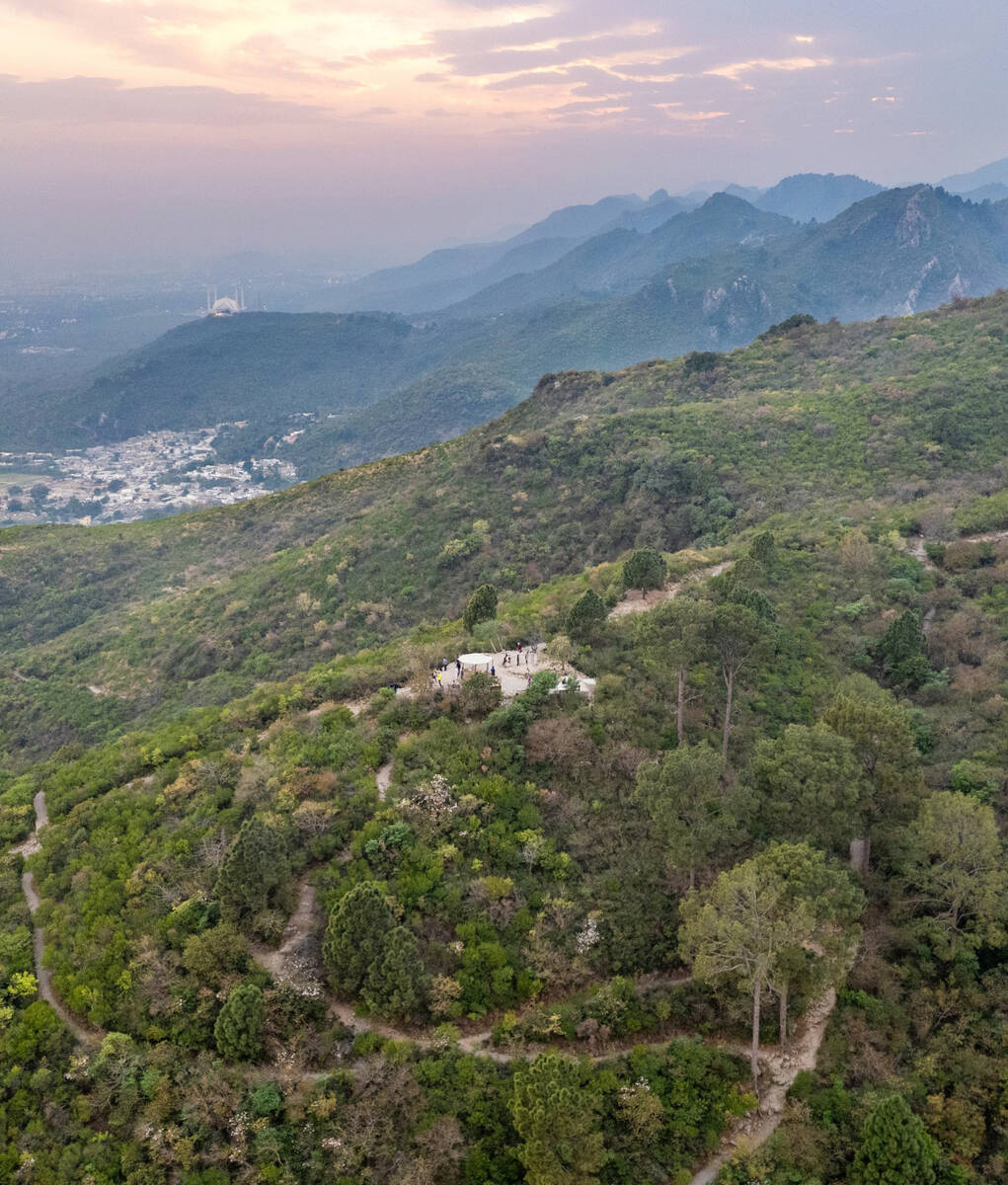MIAMI: It’s another viral dancing sensation. And once again, it’s from Daddy Yankee.
The Puerto Rican king of reggaeton who co-wrote “Despacito” has people around the world moving their hips with his latest song, “Dura.”
Millions of people have clicked on online videos inspired by “Dura” as aspiring dancers around the world — from fresh-faced children to top models to endearing elderly people — find their groove, with varying degrees of skill or stiffness.
“I’m beyond honored and feel very blessed. You make music for an audience,” Daddy Yankee told AFP. “And the audience has made this song in their own organic, spontaneous way.”
Daddy Yankee helped bring reggaeton — a Latin dance music, with roots in Jamaican dancehall and the style of hip-hop, that was historically associated with the marginalized Afro-Puerto Rican community — to a global audience starting with his 2004 hit “Gasolina.”
But “Dura” marks a fresh turn in the 41-year-old singer and rapper’s career as the song has taken off based largely on how fans appropriate it.
“Why have so many people — even babies — liked it?” he asked rhetorically. “Well, some things you can’t explain. It’s the magic of music, a magic that just happens and that you can’t understand.”
He has one theory. “Dura,” he said, harks back to “the rhythm and nostalgia for music of the late 1980s and early 1990s, that essence of reggae that inspired reggaeton.”
Daddy Yankee, whose real name is Ramon Luis Ayala, released “Dura” on January 18. The next day, Colombian model Andrea Valdiri posted a video on Instagram, barefoot in sweatpants and a loose white top, as she danced to “Dura” with her hands rubbing sensually around her body.
The video has been viewed nearly nine million times on her Instagram account and in Daddy Yankee’s repost. It also set off a rush of new homemade interpretations of the song — posted under hashtag #DuraChallenge.
Daddy Yankee’s original video has been seen nearly 200 million times on YouTube.
More recently, the 25-year-old Valdiri has been eclipsed as the #DuraChallenge star by a nonagenarian.
Rachel Phillipsen, a 90-year-old New Yorker of Puerto Rican origin, follows a zumba instructor with impressive rhythm and coordination as Daddy Yankee sings in Spanish, “I like how you move that ram-pam-pam.” The video has generated 5.5 million clicks.
“There are no excuses not to dance. The excuse is all in your mind,” the zumba instructor, Rina Elena Martinez (@rina_25), told AFP. The Venezuelan appears in the video shot in a gym in Miami.
Daddy Yankee agreed. “The 90-year-old grandmother was phenomenal,” he said, adding: “No doubt that video gives encouragement to the whole world.”
Celebrities who have taken the #DuraChallenge include Venezuelan model Diosa Canales, Dominican reggaeton singer Natti Natasha and the Puerto Rican former Miss Universe Zuleyka Rivera, who also appeared in the “Despacito” video.
“Dura,” which literally means “hard” but could also mean “hot” when it comes to appearance, is an ode to a beautiful woman.
“You’re one tough mama,” Daddy Yankee sings, with lines such as “If it’s a crime to be so beautiful / I’ll arrest you in my bed and put you in handcuffs.”
Musically, the song returns to early reggaeton without the pop melodies that mega-stars such as Shakira, Enrique Iglesias or “Despacito” co-writer Luis Fonsi deployed to bring the genre to the anglo pop world.
In a retro video, Daddy Yankee and his cohorts dance around well-trodden streets covered with vibrant street art. Women, who so often take passive roles in highly sexual songs, assume the lead in showing their moves.
“We were inspired by the bright colors of the ‘90s and a bit of the era’s fashion. I wanted to make this fun and to show that the song could empower women,” Daddy Yankee said.
The video was directed by Carlos Perez, the Puerto Rican who shot “Despacito” and has worked with Ricky Martin and Marc Anthony.
“Despacito” also spawned spoofs and has made history as the most-watched video on YouTube with more than 4.8 billion views.
Helped by a remix featuring Justin Bieber, “Despacito” tied a record by spending 16 weeks on top of the benchmark Billboard singles chart in the United States — a major feat in a country where non-English songs rarely fare well.
“Dura” as of Friday was number 10 on Spotify’s global singles chart and number one in several Latin American countries.
































